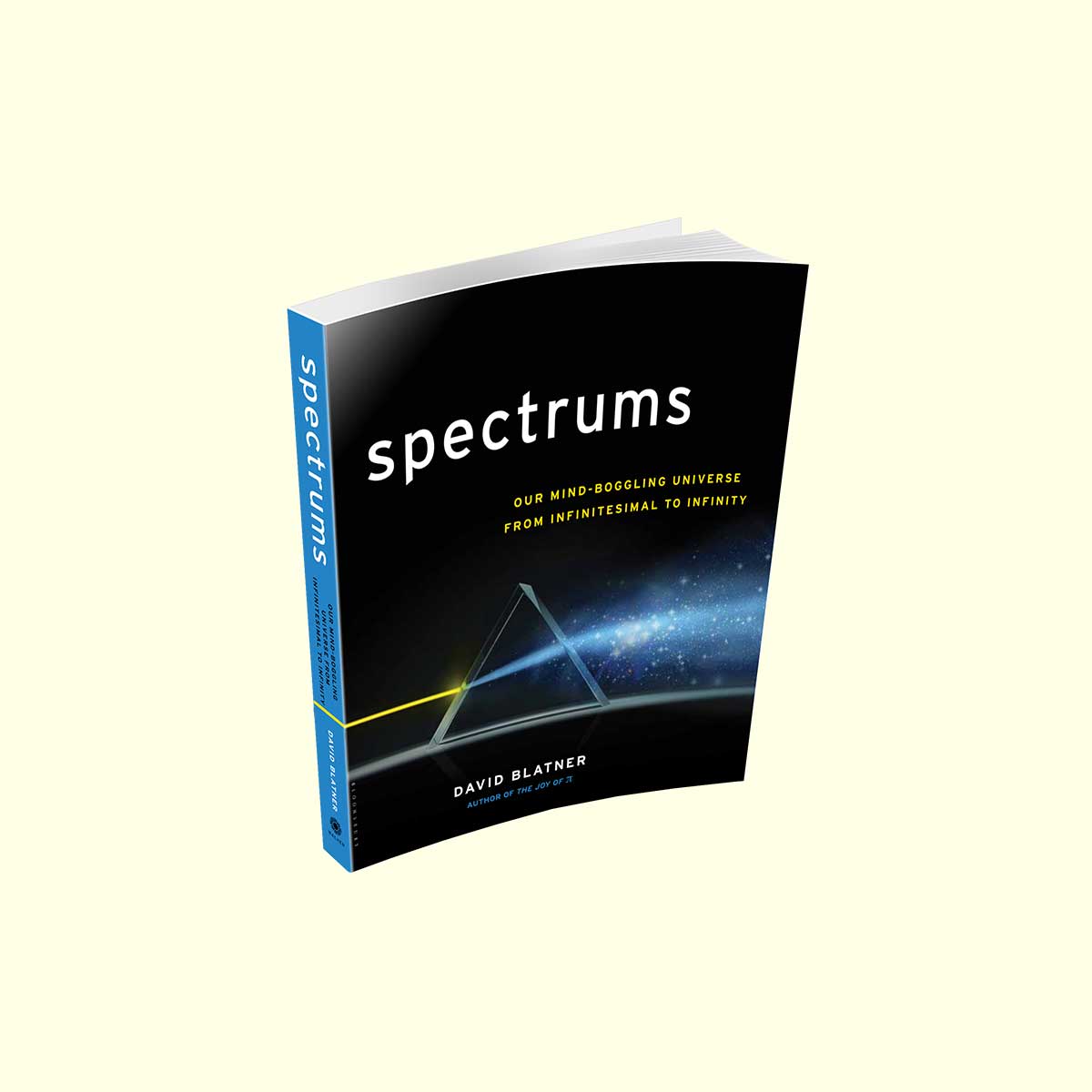

One of the editors of the book is the creator of the Infinity Computer, and another editor was the first who has started to use it in optimization. This is the first book presenting to the readers interested in optimization the advantages of a recently introduced supercomputing paradigm that allows to numerically work with different infinities and infinitesimals on the Infinity Computer patented in several countries.
Infinity and infinitesimals book software#
It does not store any personal data.This book provides a friendly introduction to the paradigm and proposes a broad panorama of killing applications of the Infinity Computer in optimization: radically new numerical algorithms, great theoretical insights, efficient software implementations, and interesting practical case studies. The cookie is set by the GDPR Cookie Consent plugin and is used to store whether or not user has consented to the use of cookies. The cookie is used to store the user consent for the cookies in the category "Performance". This cookie is set by GDPR Cookie Consent plugin. The cookie is used to store the user consent for the cookies in the category "Other. The cookies is used to store the user consent for the cookies in the category "Necessary".

The cookie is set by GDPR cookie consent to record the user consent for the cookies in the category "Functional". The cookie is used to store the user consent for the cookies in the category "Analytics". These cookies ensure basic functionalities and security features of the website, anonymously. Necessary cookies are absolutely essential for the website to function properly. However, it is written in a popular way in order to allow any person having a high school education and interests in the foundations of these sciences to understand it easily. The book is mainly addressed to mathematicians, computer scientists, philosophers, physicists, and students. Particularly, applications of the new approach to limit theory, measure theory, and set theory are given. The new viewpoint gives detailed answers to many questions and paradoxes regarding infinite and infinitesimal quantities. The new positional system with the infinite radix introduced in the book allows one to consider infinite, finite, and infinitesimal numbers as particular cases of a unique framework.

However, the new approach does not contradict Cantor, it evolves his theory and supplies new more powerful tools to deal with different infinite and infinitesimal quantities.įrom the methodological point of view, the principle of Ancient Greeks ‘The part is less than the whole’ is adopted and applied to all quantities (finite, infinite, and infinitesimal) and to all sets and processes (finite and infinite). The new approach is not related to the non-standard analysis and infinity is considered in the book in a coherent way different from those proposed by Georg Cantor, Abraham Robinson, and John Conway. The book presents a new methodology that allows one to represent infinite and infinitesimal numbers by a finite number of symbols and to execute arithmetical operations with all of them in the same manner as we are used to do with finite quantities.


 0 kommentar(er)
0 kommentar(er)
